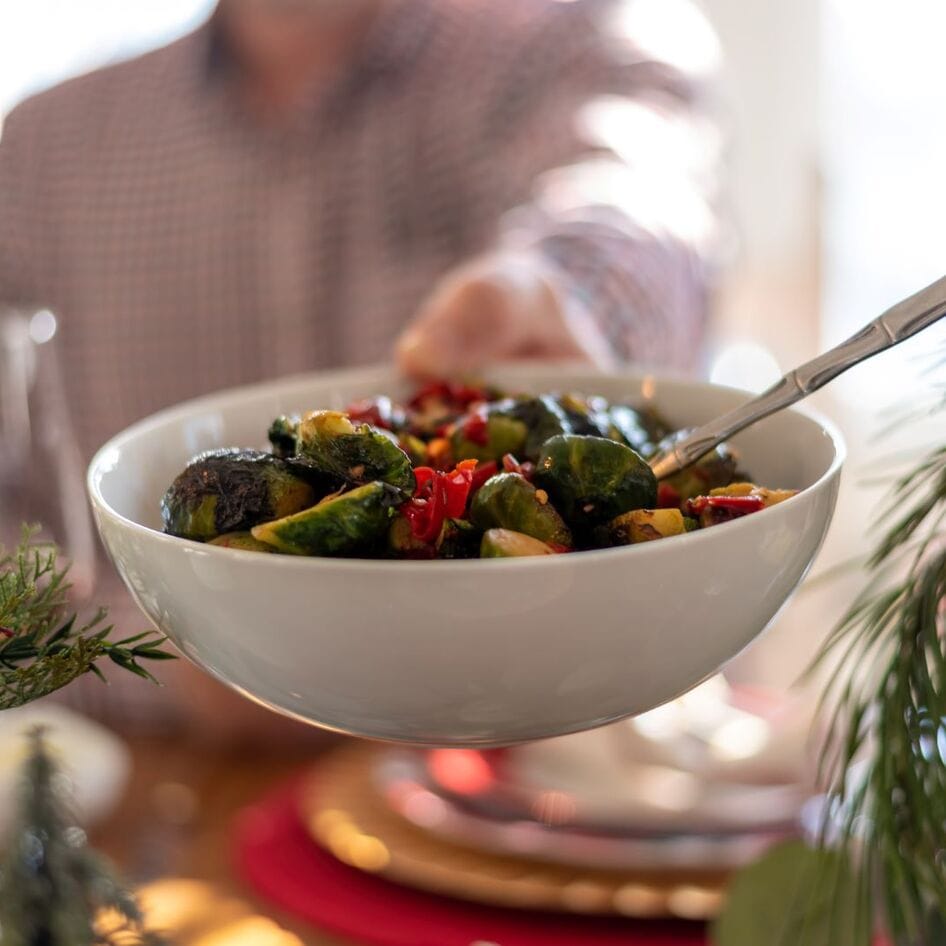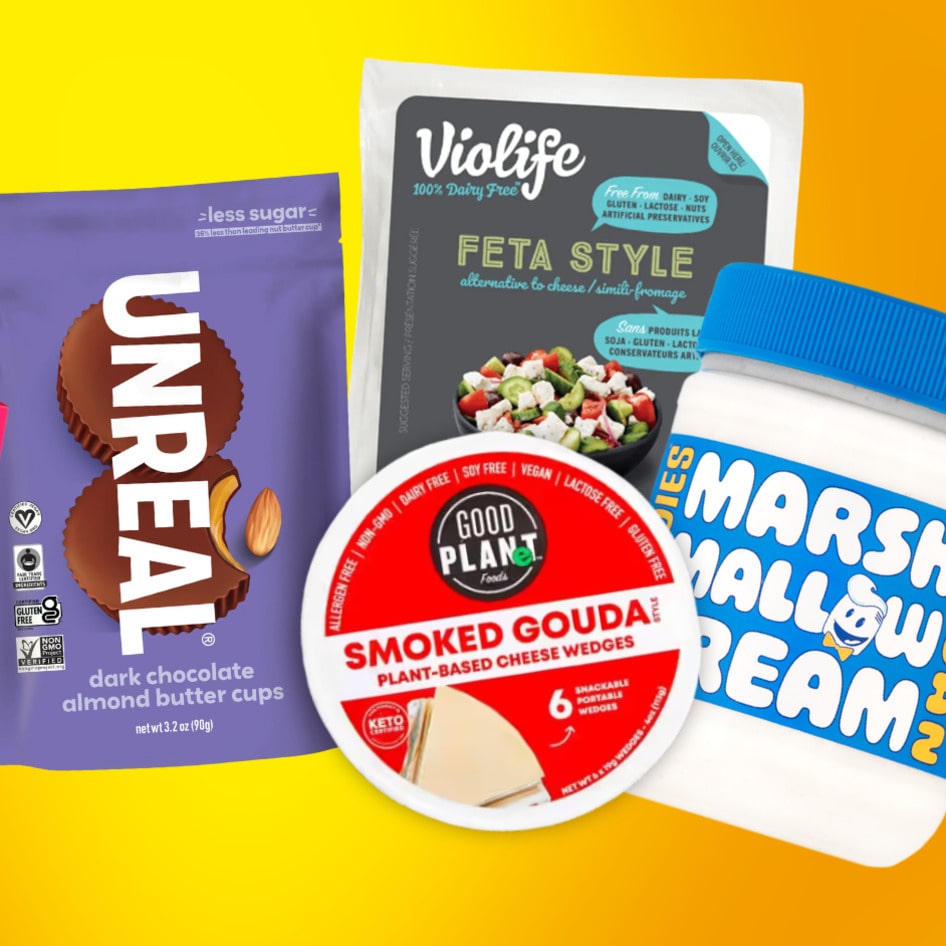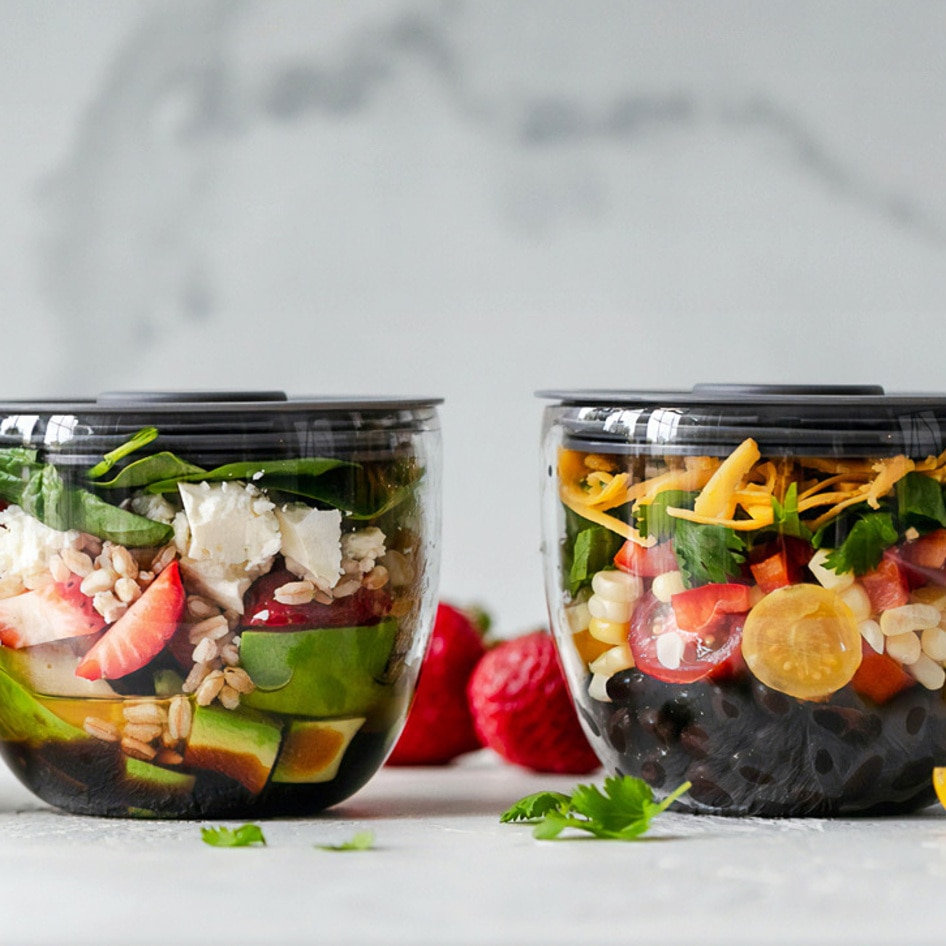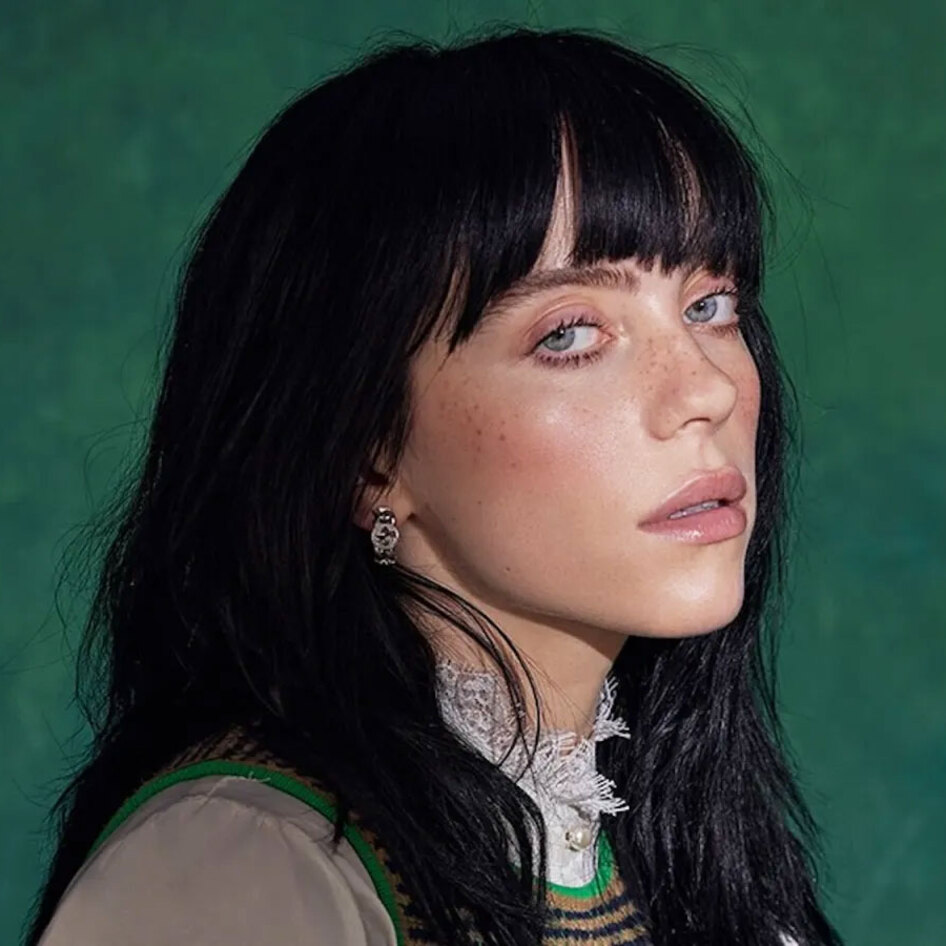5 Vegan Tattoo Tips From an Expert
Thinking of inking? We asked vegan tattoo artist Brian Wilson for the lowdown on cruelty-free commitment through body art.
January 31, 2016
Maybe it’s because we’re the passionate type or because we tend to think outside the box, but the vegan community represents a well-illustrated bunch. Whether you’re thinking of a permanent design for showcasing your commitment to a plant-based diet or just hoping to make sure your next piece doesn’t conflict with your cruelty-free lifestyle, it helps to hear from the experts. Which is why we asked Brian Wilson of Portland-based vegan tattoo shop Scapegoat Tattoo Co. for the scoop on how to prepare for your animal-friendly and person-friendly ink experience. A vegan of 13 years and a tattoo artist for 17, Wilson has seen (and tattooed) it all, and knows the ins and outs of vegan tattoo care better than virtually anyone. Here are a few of his top tips.
1. Think about your ink.
Unbeknownst to many, traditional tattoo supplies can be loaded with animal products. Glycerin from animal fat makes its way into inks as a stabilizer, and bone char is sometimes included to achieve a super-stark black color. Even gelatin (from hooves) and shellac (from beetles) are used in some varieties. Unfortunately, this discrepancy is nothing new—ancient Egyptians allegedly tattooed one another with bone needles, and inks were often bound using insect eggs or even breast milk. Fortunately, times have changed and there are now ample vegan versions available on the market—just make sure that your shop carries (or can order) them. “Black is the only real big concern,” Wilson warns. He also cautions that the devil is in the details, so you may want to look into finding an all-vegan tattoo shop in your area. “We use Dr. Bronner’s soap instead of green soap, and make sure there are no gel strips on our razors. We also use petroleum jelly instead of A&D ointment, which can contain lanolin or cod liver oil,” Wilson says of Scapegoat. Which brings us to…
2. Shop for the right shop.
You read that right. Even small towns are rife with tattoo shops these days, but not all of them will understand the concept of keeping the process cruelty-free. Thankfully, more and more vegan-owned tattoo shops are popping up in cities all over the country. In addition to Scapegoat, Brooklyn’s Gristle Tattoo, Los Angeles’ Alchemy Tattoo, and Seattle’s Damask Tattoo all proudly offer plant-based inks. Although tattooing has been around for millennia, more and more shops are taking a progressive turn. Wilson says that when he started tattooing in 1995, “I thought I’d have to do Tweety Birds and tribal arm bands for the rest of my life… Tattooing wasn’t what it is today.” No offense to anyone reading this who sports a Tweety Bird tramp stamp or a tribal armband. Plus, doing research about the artists in your area will help you find one that specializes in the type of design you’re interested in. Some artists excel at portraits, while others focus on specific tattoo styles.
3. Mind your design.
Tattoos are (almost always) forever, so it’s obviously wise to put some thought into your imagery and its message. Because Scapegoat is all-vegan and is located in Portland’s famous Vegan Strip Mall, many patrons come specifically to get designs to honor their lifestyle. Wilson says that the most common symbols are the well-known “V flower” and “the Rabbit,” but there are plenty of others that are more intensive. Whatever imagery you may choose, don’t forget that the choice is 100-percent yours, and 100-percent permanent (save for painful removal treatments). However, don’t be shy about asking your artist for advice on placement and artistic direction once you have a concept in mind. “I just tattooed a chest piece that had the phrase ‘Until every cage is empty’ with an empty cage and animals commonly used in testing around it, like rats, a beagle, a Rhesus monkey, etc. [Another artist] did a much gnarlier version where the animals were being tested on,” he recollects. “That’s definitely one of the hardest parts of the job. Having to do the research to find reference images for things like that, and to still be creative. It hurts the heart.” Wilson’s number-one tip for first-timers? “Don’t overthink it and don’t overcomplicate it. It’s as simple as that.”
4. Take care.
Just like inks and prep tools, tattoo-care lotions can also, unfortunately, be decidedly un-vegan. But just like any other product that you use on your skin, the more natural, the better. Natural oils and plant-based ingredients will keep your skin soft without slathering sensitive areas in harsh chemicals and unwanted by-products. The Merry Hempsters makes a Vegan Tattoo Soft Salve that uses organic herbs and hemp butter to keep your skin moisturized and soft. Ohana Organics also makes a shea-based tattoo butter with aloe, calendula, and lavender to soothe and heal.
5. Enjoy!
Now for the most rewarding part of the process—admiring your new tattoo! Knowing that you’ve made the decision to uphold your cruelty-free ways in all areas of your life—even body art—only makes the gratification for the process even greater. Wilson sums up the connection between veganism and tattoo culture thusly: “Dedication. Dedicating your life to something that may be unpopular and alienating but still going through with it … You have a vision and know it’ll be worth it.” As for Wilson and his own tattoos, he does have an animal-related favorite. “I read an old Japanese story about a Tanuki (a raccoon dog, common in Asia) that wasn’t all too happy about this hunter in his woods. Well, according to the Tanuki mythology, they have a magical scrotum that can stretch to enormous sizes and help the Tanuki shape shift. So, the Tanuki took his giant scrotum and choked the hunter to death with it. And that’s the tattoo that I have on most of my right thigh. A Tanuki choking a hunter with his scrotum done in a relatively traditional Japanese style.” Now that’s originality.
JUMP TO ... Latest News | Recipes | Guides | Health | Subscribe
Photo via grist.org







